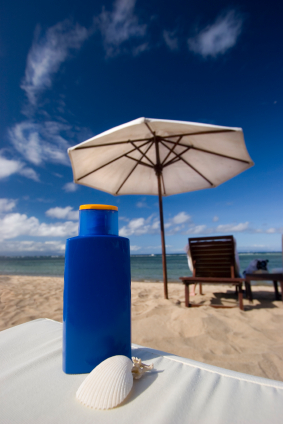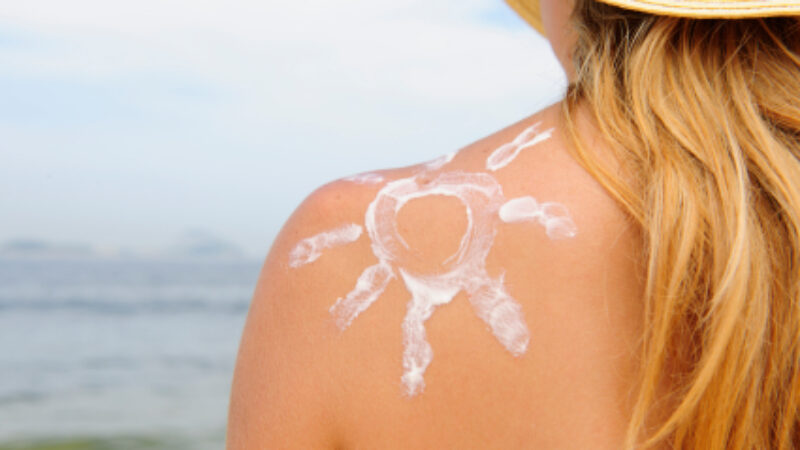Summer is on it’s way and as the temperatures heat up and we start spending more time outdoors, thoughts may turn to choosing a sunscreen with the right SPF (sun protection factor) rating for your needs.
When it comes to sun protection, the SPF rating is very important. However it isn’t the only thing you should be concerned about. Here are 4 important things to know about SPF and sunscreens:
- SPF is calculated by the additional amount of time that you can safely stay out in the sun without getting a burn. For example if you normally burn within 10 minutes of ultraviolet ray exposure, then a product with an SPF rating of 15 will allow you to stay out 15 times longer without burning (150 minutes). An SPF rating of 30 should allow you to stay out for 300 minutes. Keep in mind that reapplication does not extend the amount of time you can stay outside safely.
- SPF rating is a measurement of the protection afforded to UVB rays. It doesn’t guarantee that your sunscreen will also protect you against UVA rays. UVB rays are the ones responsible for sunburns; UVA rays penetrate deeper and are associated with breaking down collagen and elastin and leading to wrinkles. They can also lead to the development of some skin cancers. Look for products that give you broad spectrum UVA and UVB protection. Ingredients including zinc oxide, stabilized avobenzone, Mexoryl XL, Mexoryl SX, Tinosorb S and Tinosorb M protect from UVA ray damage. Consider Anthelios sunscreens, Ombrelle sunscreens or Keys Solar RX.
- An SPF of 15 blocks about 94% of UVB rays; SPF 30 about 97% and SPF 60 about 99%. There is no such thing as a sunblock as no product can effectively block out 100% of the sun’s UV rays.
- Choosing a broad spectrum UVA and UVB blocking sunscreen with a minimum SPF rating of 30 is recommended by many skin care experts to help prevent against the signs of premature aging as well as skin cancer. However, sunscreen shouldn’t be the only way to protect yourself. Consider the following as well:
- Avoid going out during the sun’s peak UV hours between 10 am and 4 pm
- Cover up with long sleeves, hats and sunglasses. Seek shade where possible.
- Wear a sunscreen daily year round on your face to protect against UVA damage. Unlike UVB rays, UVA rays are prevalent year round and can penetrate through glass and windows.



